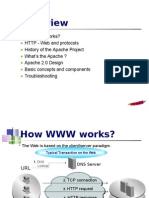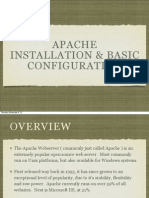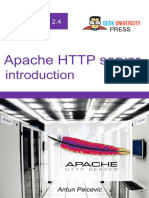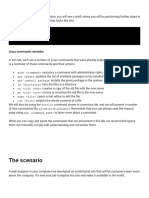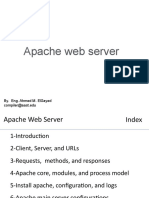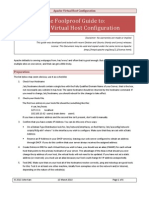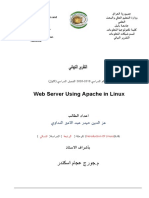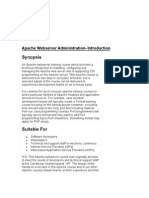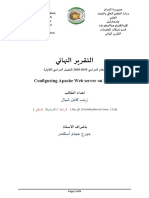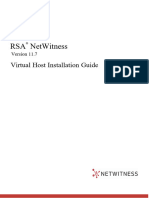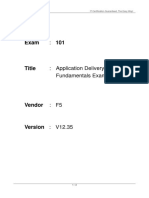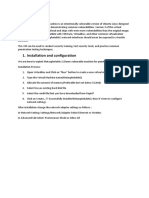0% found this document useful (0 votes)
3 views44 pagesU2 ApacheServer Slides v1
The document provides a comprehensive guide on managing the Apache web server, covering installation, configuration files, modules, directives, and virtual hosts. It details commands for installation, testing, and managing modules, as well as the structure and purpose of various configuration files in both Linux and Windows environments. Additionally, it explains the context and application order of directives, along with specific examples for configuring virtual hosts and handling errors.
Uploaded by
Juan M.Copyright
© © All Rights Reserved
We take content rights seriously. If you suspect this is your content, claim it here.
Available Formats
Download as PDF, TXT or read online on Scribd
0% found this document useful (0 votes)
3 views44 pagesU2 ApacheServer Slides v1
The document provides a comprehensive guide on managing the Apache web server, covering installation, configuration files, modules, directives, and virtual hosts. It details commands for installation, testing, and managing modules, as well as the structure and purpose of various configuration files in both Linux and Windows environments. Additionally, it explains the context and application order of directives, along with specific examples for configuring virtual hosts and handling errors.
Uploaded by
Juan M.Copyright
© © All Rights Reserved
We take content rights seriously. If you suspect this is your content, claim it here.
Available Formats
Download as PDF, TXT or read online on Scribd
/ 44








